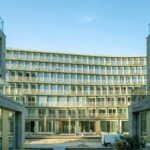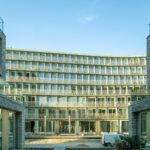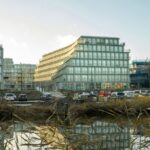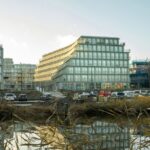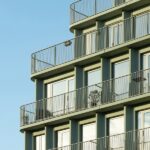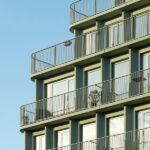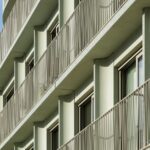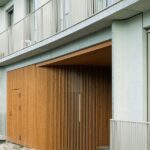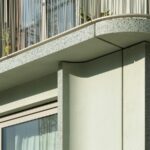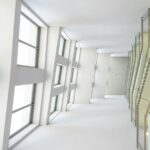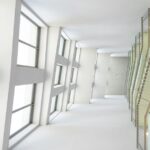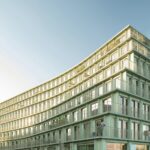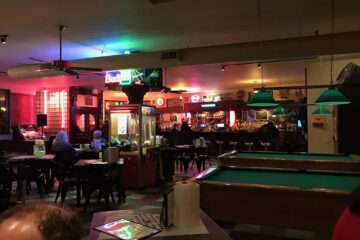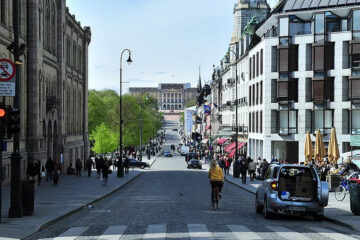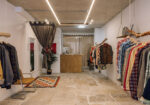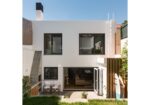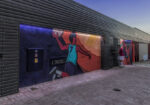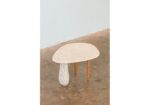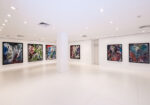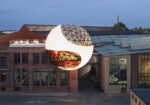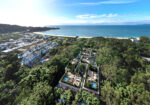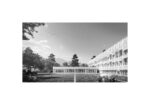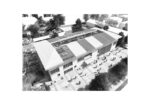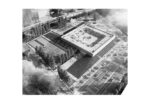Rejuvenating Amsterdam-Noord: De Jakoba Social Housing

Introduction
Situated in the vibrant neighborhood of Amsterdam-Noord, De Jakoba Social Housing stands as a beacon of innovation and community spirit. Crafted by Studioninedots, this project brings new vitality to the Overhoeks area, commonly known as ‘Manhattan at the IJ’. With its distinctive design and thoughtful approach, De Jakoba redefines the concept of social housing, offering a place where residents can thrive with pride.
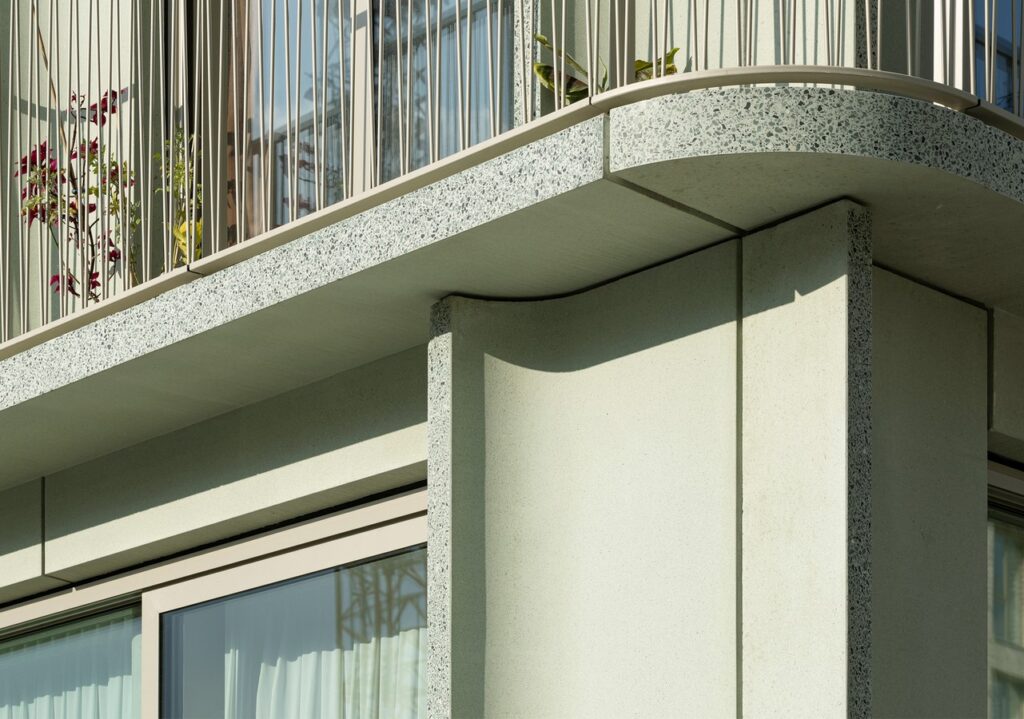
Urban Integration
In a district characterized by its ‘campus-like’ layout, Studioninedots sought to create a building that defies convention while respecting the urban fabric. Embracing the specified setbacks, De Jakoba’s design takes a bold step by curving the entire volume inwards. This unique approach not only reduces the building’s visual impact but also creates an iconic silhouette that harmonizes with its surroundings.
Sculptural Form and Functionality
The sculptural shape of De Jakoba serves a dual purpose: aesthetic appeal and functional diversity. Housing 135 studio apartments, each unit boasts a unique layout thanks to the building’s distinctive curves. The entrance passage, nestled within the narrowest part of the structure, serves as a gateway to the communal garden, fostering a sense of community and connection among residents.
Embracing Nature
Central to De Jakoba’s design is the integration of nature into urban living. The open communal garden, embraced by the building’s curves, provides a tranquil retreat for residents amidst the bustling cityscape. The entrance, characterized by a glass void offering panoramic views, further enhances the connection between indoor and outdoor spaces, inviting residents to embrace the beauty of their surroundings.
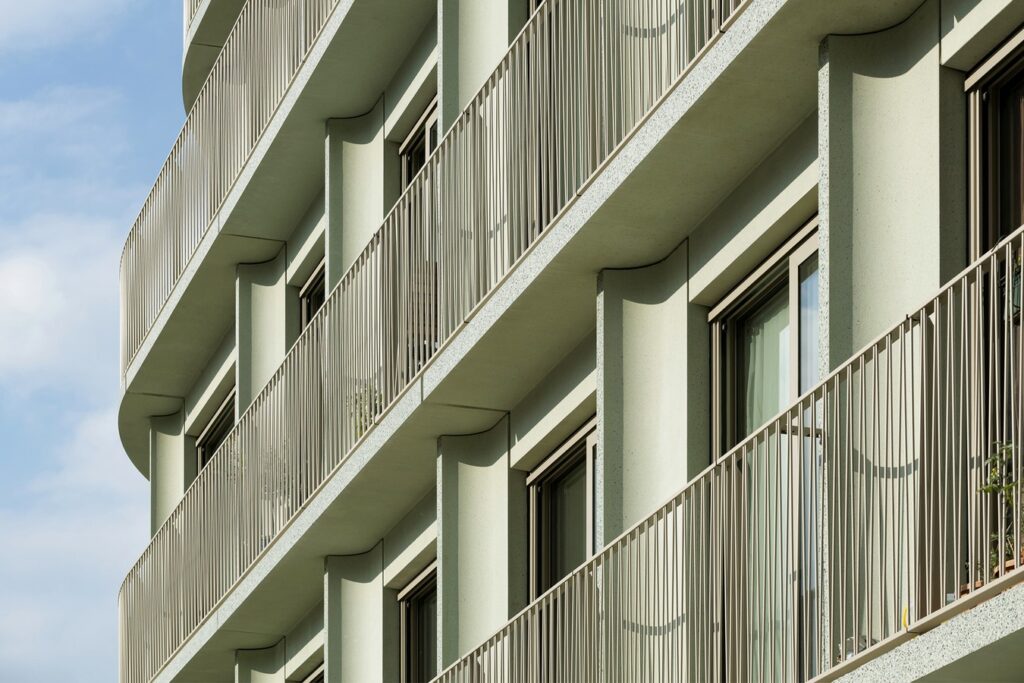
Efficient Construction and Materiality
Efficiency and sustainability were key considerations in the construction of De Jakoba. By utilizing prefabricated facade elements, the project was completed in record time, minimizing costs and allowing residents to move in sooner. The use of light green concrete as the primary material not only lends a contemporary aesthetic but also ensures durability and longevity. Subtle detailing, such as powder-coated window frames and balustrades, adds warmth and character to the facade, while curved pillars create captivating plays of light and shadow.
Conclusion
In essence, De Jakoba Social Housing exemplifies the transformative power of architecture in fostering community, sustainability, and urban vibrancy. By embracing innovative design principles and a deep respect for its surroundings, De Jakoba stands as a testament to the potential of social housing to shape a brighter future for all.




